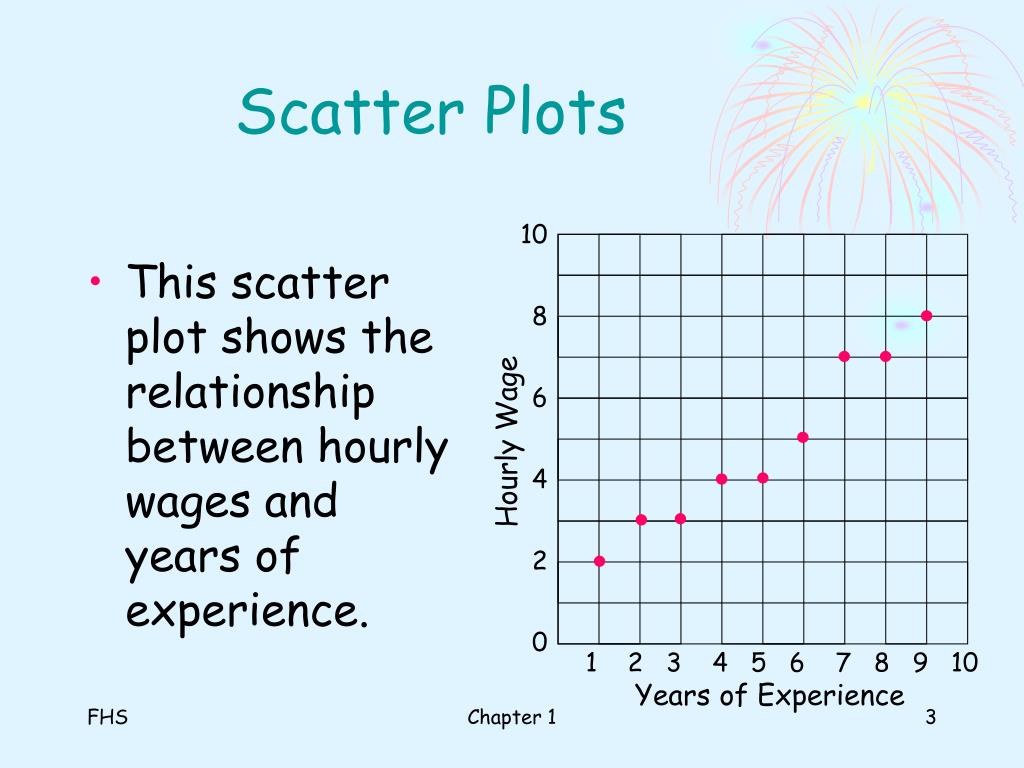

Matplotlib, a plotting library for Python, allows data scientists to create a variety of graphs, including scatter plots with regression lines. This line can be used to predict future values. A regression line, or line of best fit, is a straight line that best represents the data on a scatter plot. Regression analysis is a statistical method used to understand the relationship between dependent and independent variables. This is a crucial skill for data scientists who need to visualize relationships between variables. Depending on your version of Excel, a dialog will appear that allows you to add lines to the data series. Select 'Format Data Series' from the context (popup) menu that appears. These parameters control what visual semantics are used to identify the different subsets.

The relationship between x and y can be shown for different subsets of the data using the hue, size, and style parameters.

#LINES BETWEEN DOTS SCATTER PLOT PYTHON HOW TO#
In this blog post, we’ll explore how to add a regression line to your data plots using Matplotlib. 1 Answer Sorted by: 0 In the chart, select a data series (by clicking, but not double-clicking, on one of its points) and then right click. Draw a scatter plot with possibility of several semantic groupings. Python is a powerful tool for data scientists, and Matplotlib is one of its most useful libraries.
#LINES BETWEEN DOTS SCATTER PLOT PYTHON FREE#
The chart now resembles a scatter plot with each point in the plot connected by a line.įeel free to play around with the Format options in the Chart editor panel to modify the color and size of the points and lines in the chart.| Miscellaneous Adding a Regression Line in Python Using Matplotlib: A Guide Points will automatically be added to the line chart: It can be made using the plot() function of matplotlib with the possible parameters. Then click the dropdown arrow next to Series, then choose 10px as the Point size: Connected scatterplots are just a mix between scatterplots and linecharts. To add points to the line chart, click the Customize tab in the Chart editor panel. This will automatically produce the following line chart: To convert this into a line chart, simply click Chart type in the Chart editor that appears on the right of the screen. This means that, first you have to use the function plot() to create an empty graph and then use the function lines() to add lines. one of 'linear', 'log', 'symlog', 'logit', etc. If given, this can be one of the following: An instance of Normalize or one of its subclasses (see Colormap Normalization ). The following scatter plot will be inserted by default: By default, a linear scaling is used, mapping the lowest value to 0 and the highest to 1. A regression line can be used to statistically describe the trend of the points in the scatter plot to help tie the data back to a theoretical ideal. Next, highlight the values in the range A1:11, then click Insert, then click Chart: This tutorial provides a step-by-step example of how to create the following scatter plot with lines in Google Sheets:įirst, let’s create a dataset that contains the following values:

Unfortunately Google Sheets doesn’t offer this type of built-in chart, but you can create it using a line chart as a workaround. 4 Answers Sorted by: 204 I think Evert has the right answer: plt.scatter (dates,values) plt.plot (dates, values) plt.show () Which is pretty much the same as plt.plot (dates, values, '-o') plt.show () You can replace -o with another suitable format string as described in the documentation. Often you may want to create a scatter plot in Google Sheets with each of the points in the plot connected by lines.


 0 kommentar(er)
0 kommentar(er)
